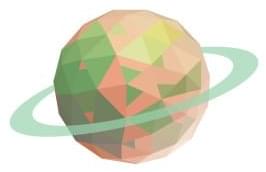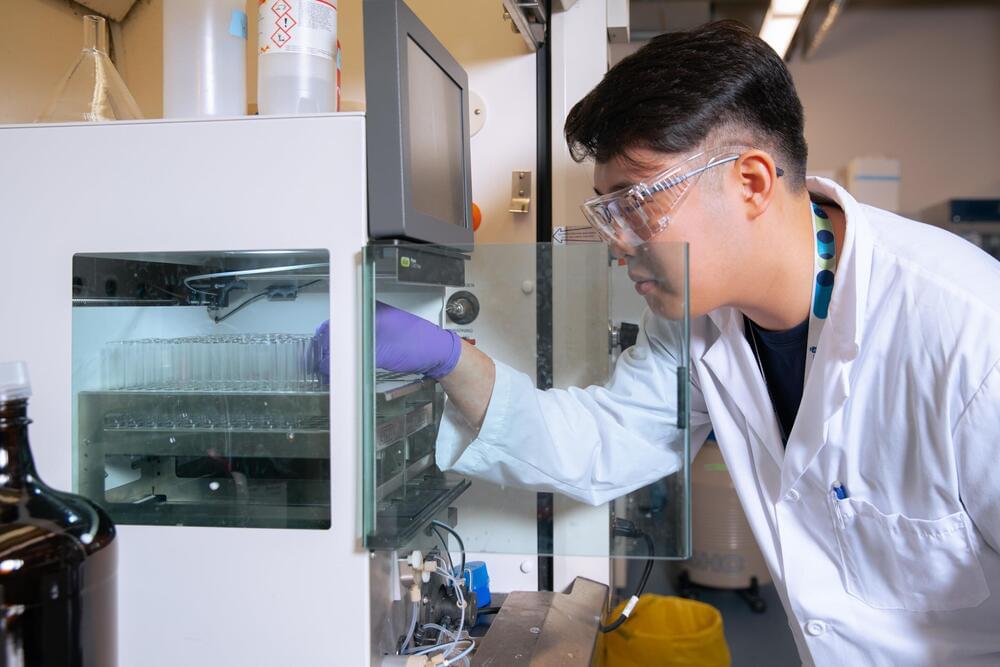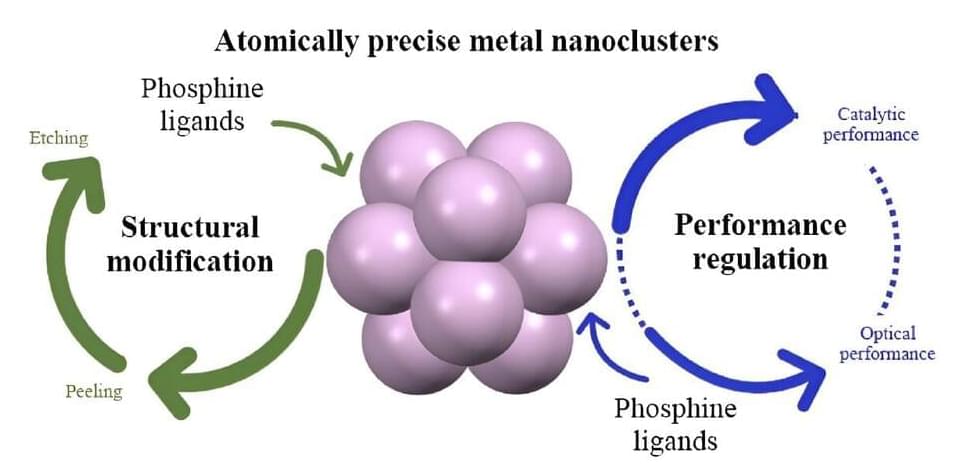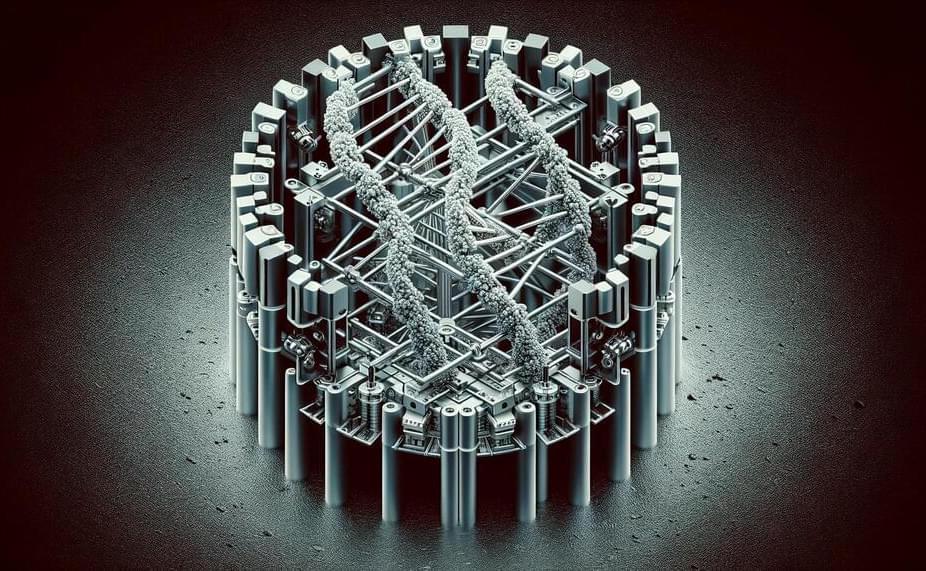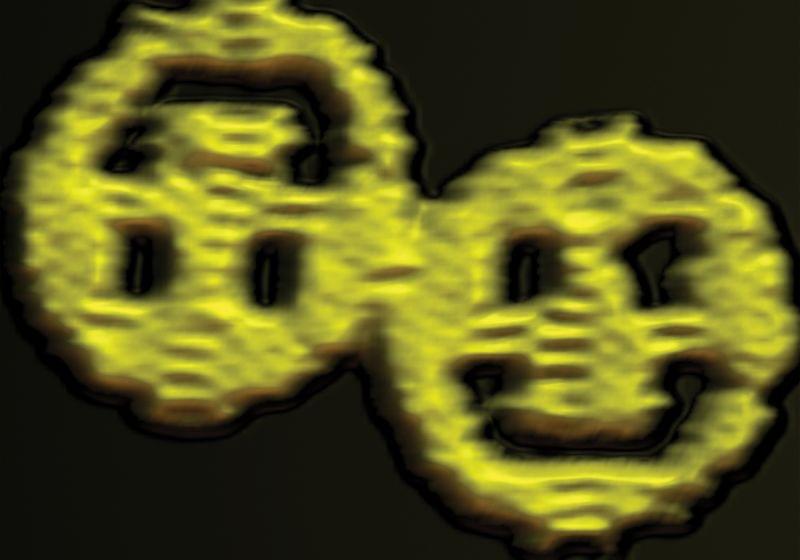I’ve been studying this topic for use in a story I’m working on and I’ve come across various videos and interviews on the topic, but they all seem mostly concerned with assembly of larger objects.
I was just curious if the same actions that would assemble an object could be reversed to disassemble it, or if there were other necessary actions that needed to be taken. I understand that energy needs to be put in to break a molecular bond, so is that something that would have to be taken into account as well?
Also, as a side note, the current idea is to have the nanobots be mostly carbon constructs, if that affects the way things work.
